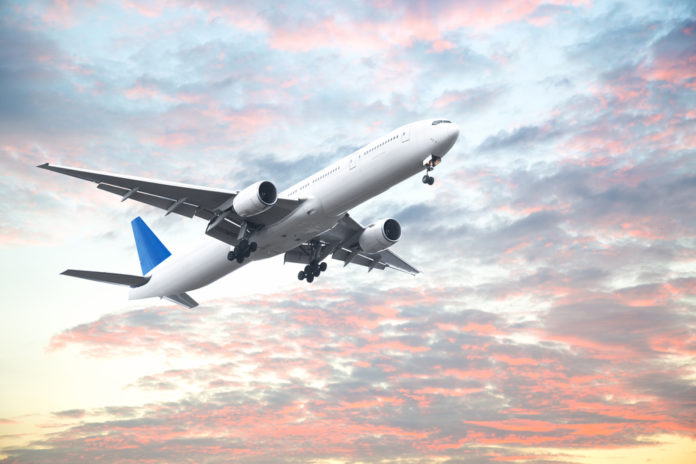
Owing to higher fuel costs and a slowing global economy, IATA is forecasting the global airline industry to post a net profit of US$29.8 billion in 2017, lower than the cyclical peak of US$35.6 million expected for 2016.
This will translate to a 4.1 per cent net margin based on an expected total revenue of US$736 billion, breaking a three-year run in which the world’s airlines have posted record profits year-over-year.
Meanwhile, IATA has also trimmed its 2016 profitability outlook to US$35.6 billion from US$39.4 billion projected in June, due to slower global GDP growth and rising costs. This will still give the industry its highest absolute profit generated and highest net profit margin (5.1 per cent).
Alexandre de Juniac, IATA’s director general and CEO, said: “For most other businesses, this would be considered a normal level of return to investors. But three years of sustainable profits is a first for the airline industry. And after many years of hard work in restructuring and re-engineering the business the industry is also more resilient.
IATA projects that North America will chalk up the strongest performance, with net post-tax profits to reach US$20.3 billion in 2016 and US$18.1 billion next year.
Net profit in Asia-Pacific is expected to be the second highest at US$6.3 billion in 2017 (down from US$7.3 billion projected in 2016) for a net margin of 2.9 per cent.
This is followed by Europe (US$5.6 billion; down from US$7.5 billion); the Middle East (US$300 million; down from US$900 million) and Latin America (US$200 million; down from US$300 million). The worst financial performance is expected from African carriers, with a net loss of US$800 million, broadly unchanged from 2016.
The demand stimulus from lower oil prices will taper off in 2017, slowing traffic growth to 5.1 per cent (from 5.9% in 2016). And although capacity expansion is expected to slow to 5.6 per cent (from 6.2 per cent in 2016), capacity growth will still outpace the increase in demand, thus lowering the global passenger load factor to 79.8 per cent (from 80.2 per cent in 2016).
Still, the negative impact of a lower load factor is expected to be offset by a higher world GDP by 2.5 per cent in 2017 (up from 2.2 per cent in 2016). Along with structural changes in the industry, this is expected to help stabilise yields, which have fallen each year since 2012 in dollar terms.




















